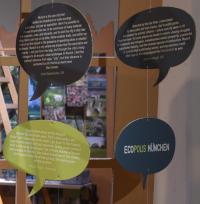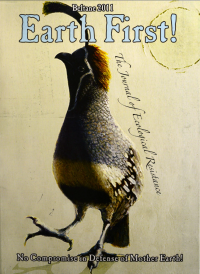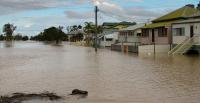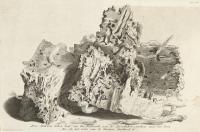Show search results for
Flood Levels and Borderlines: Livestock Farming and Evictions Resistance at the !Garib/Orange River in Southern Africa
A farmer on the !Garib/Orange river in Namibia uses historical flood markers to challenge eviction in the post-apartheid landscape.
Earth First! 26, no. 3
Earth First! 26, no. 3 reports from the buffalo field campaign in Montana, gives an account of the activists’ fight against governmental sanctions and the “criminalization of dissent,” and considers relations between the high cancer rates and the multitude of petrochemical plants in Louisiana.
Hertz: Electromagnetic Waves
On November 11, 1886, Heinrich Hertz, the pioneer of high-frequency and radio technology, for the first time observed the propagation of an electromagnetic wave with this setup.
Different Ways of Thinking Globally: The Unlikely Return of the Noosphere in Russian Environmental Discourses
What role does Vernadsky’s concept of the noosphere plays in contemporary Russian environmental legislation and green economy discourses?
Earth First! Journal 31, no. 3
Earth First! Journal 31, no. 3 presents thoughts on jaguar recovery in the United States, ecocide and renewal in Iraq’s marshlands, South Florida forest defense work, and native land rights at Glen Cove.
Perth: Water Beneath the City | Drought, Mud, Filth, and Flood
In this chapter of the virtual exhibition “Drought, Mud, Filth, and Flood: Water Crises in Australian Cities, 1880s–2010s,” the authors show the extent to which the people of Perth, Western Australia, have relied on the groundwater of the Swan Coastal Plain, and the implications of this reliance in a drying climate. In the context of private and public extraction of groundwater, the government in 2014 commenced a groundwater replenishment scheme to “recharge” the local aquifers with treated wastewater.
River Rights at Rockhampton (a Rhetoric)
Rivers need property rights so that humans can live with floods.
Molluscan Explosion: The Dutch Shipworm Epidemic of the 1730s
An invasive mollusk called the shipworm (Teredo navalis) attacked coastal dikes in the Netherlands in the 1730s, leading to changes in the design of dikes.
Milestones of the Anthropocene | Welcome to the Anthropocene
This is a chapter of the virtual exhibition “Welcome to the Anthropocene: The Earth in Our Hands”—written and curated by historian Nina Möllers.











